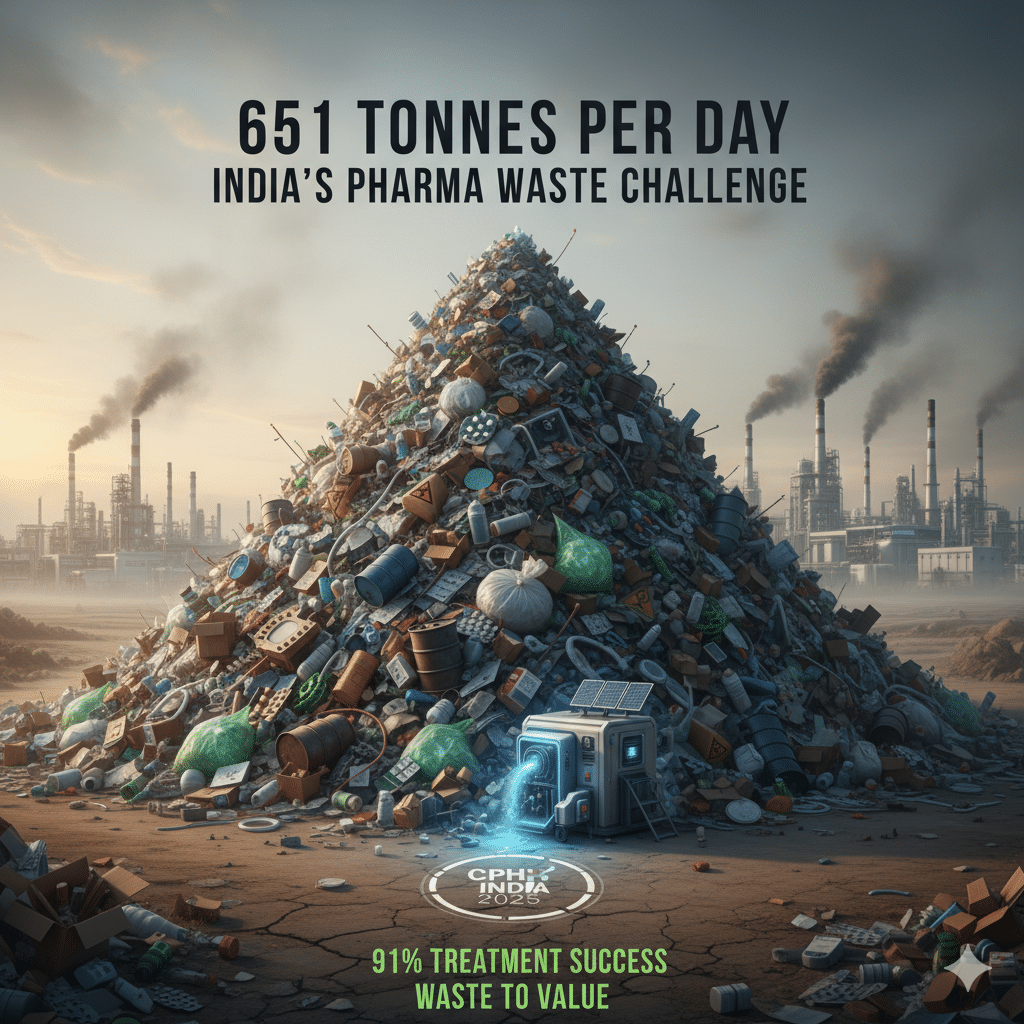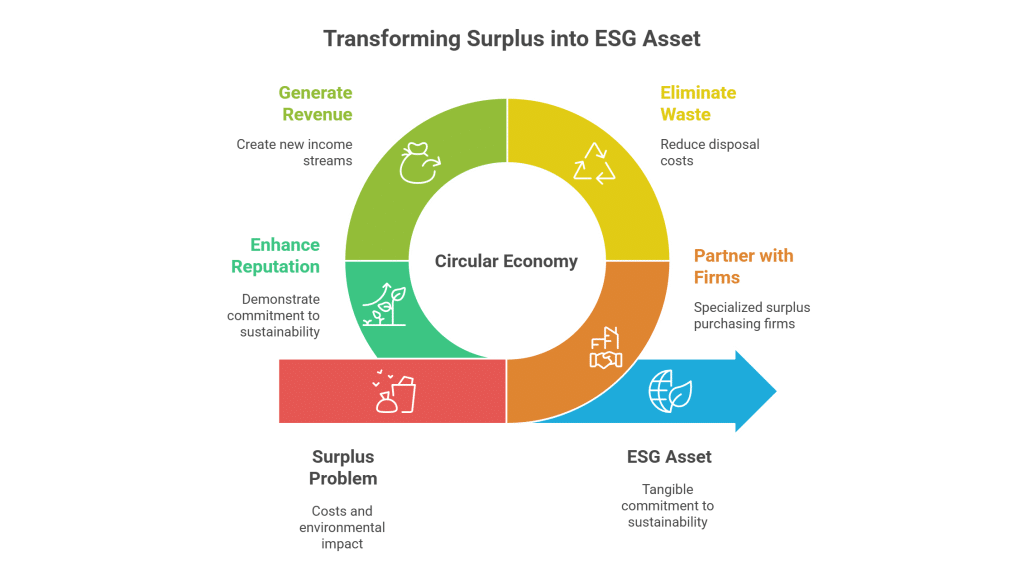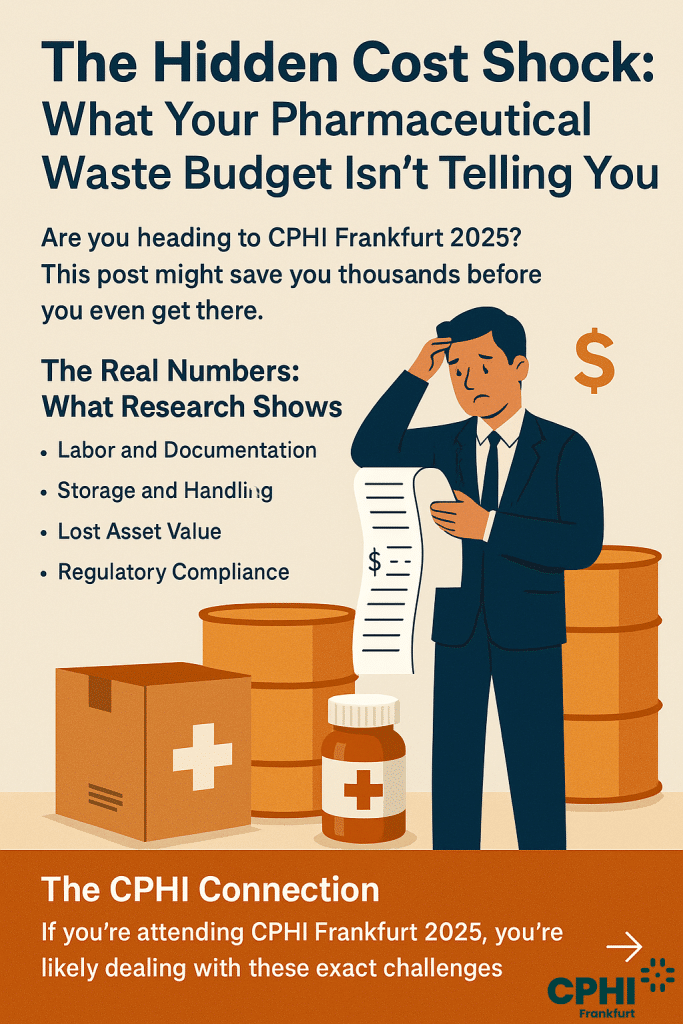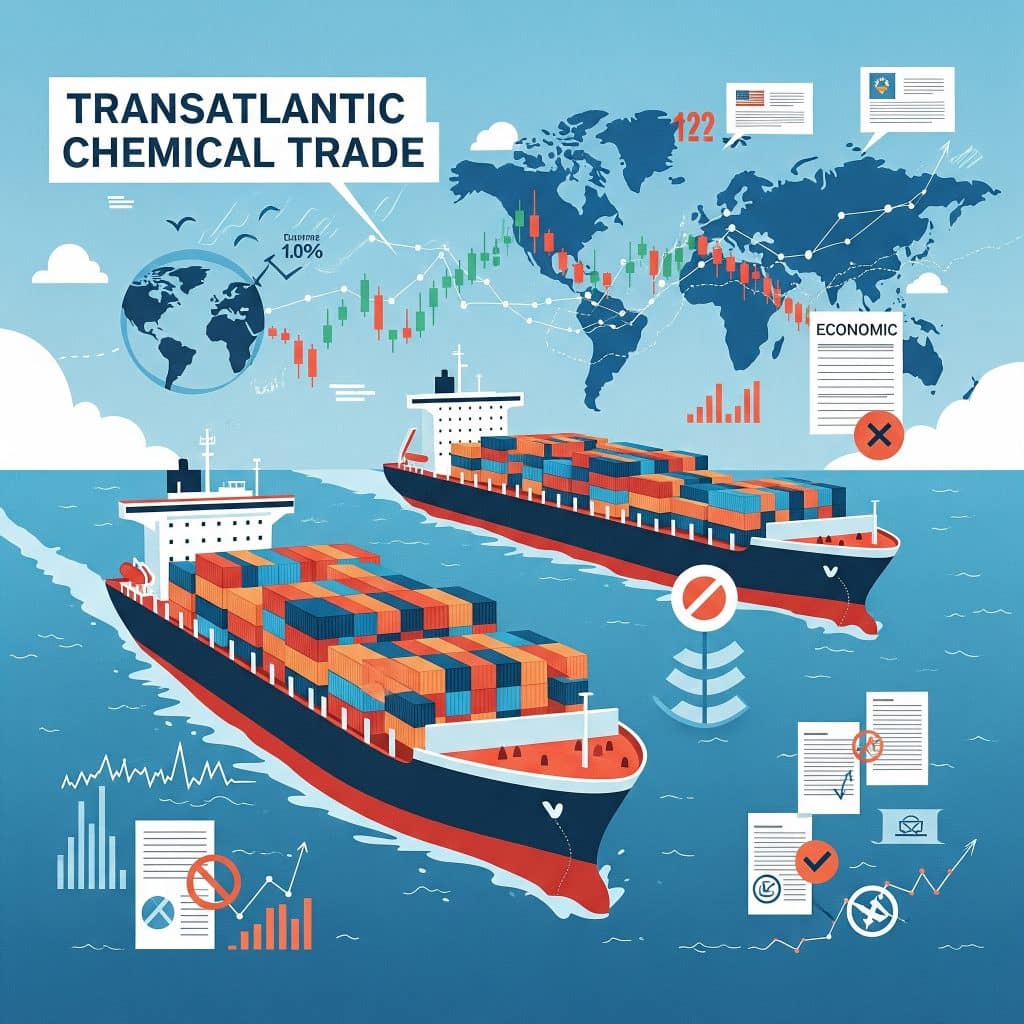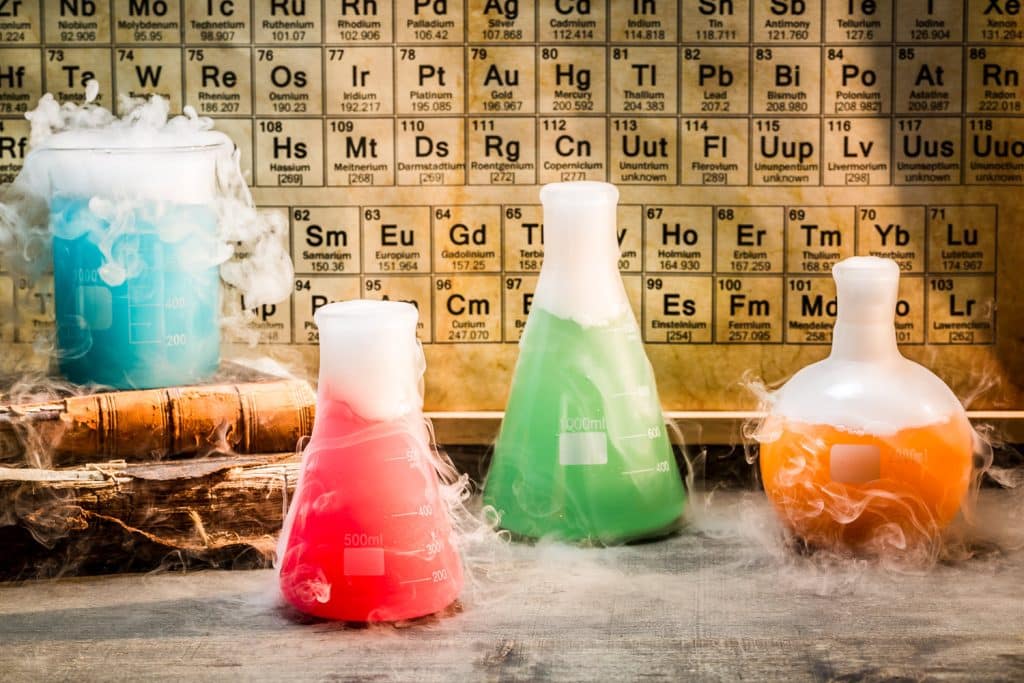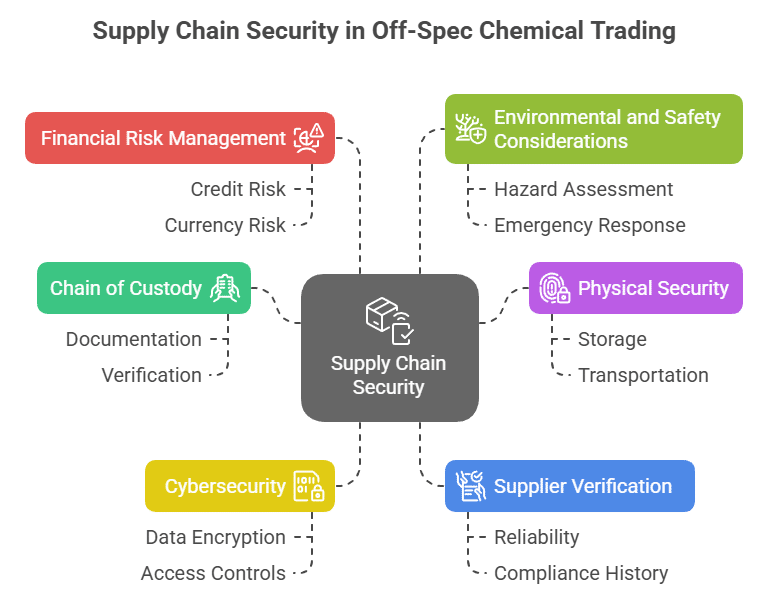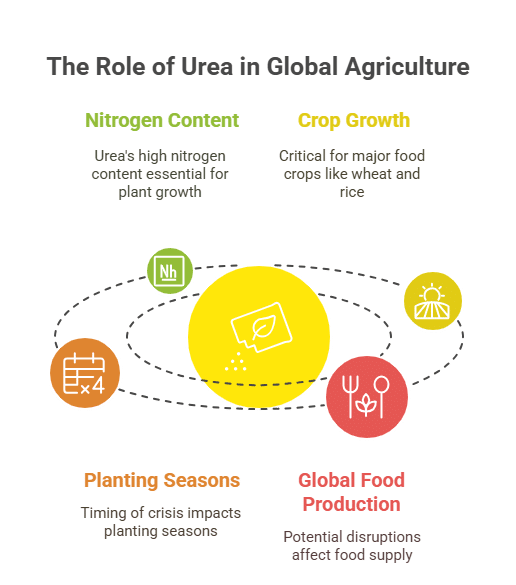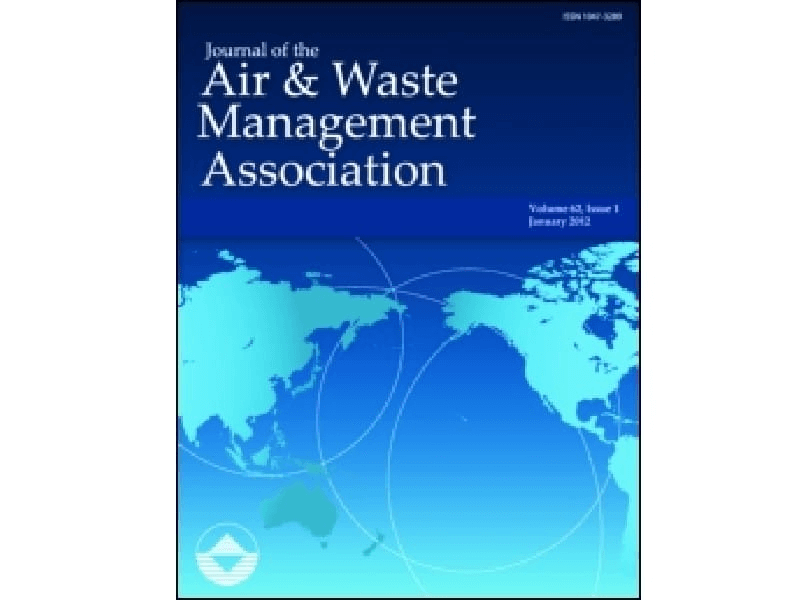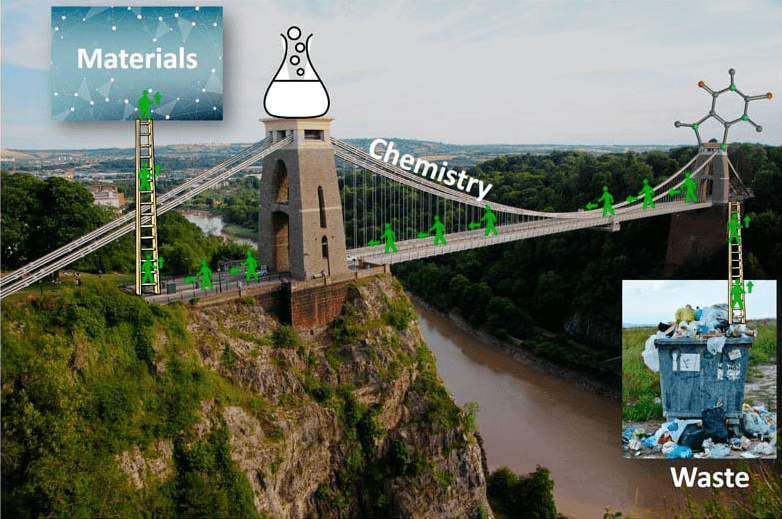Unlock the Potential of Excess Caprolactam in Nylon Production and Textile Manufacturing
Caprolactam Surplus Trading for Enhanced Nylon Production & Textile Innovation
Caprolactam in Nylon Production / Textiles: Applications and Strategic Advantages
Table of Contents
Successful Surplus Caprolactam Trade Transforms Textile Production Efficiency
A leading textile manufacturer recently capitalized on a surplus of caprolactam, converting what was once an excess inventory challenge into a profitable venture. By partnering with a surplus chemical trading platform, the company secured a steady supply of high-quality caprolactam at competitive prices, ensuring uninterrupted production of Nylon-6 fibers. This strategic move not only optimized their supply chain but also significantly reduced storage and disposal costs. The enhanced operational efficiency and sustainable sourcing elevated their market reputation, leading to increased buyer confidence and streamlined production cycles. The successful trade paved the way for further industrial collaborations, highlighting the financial and environmental benefits of surplus chemical trading within the textile sector.



